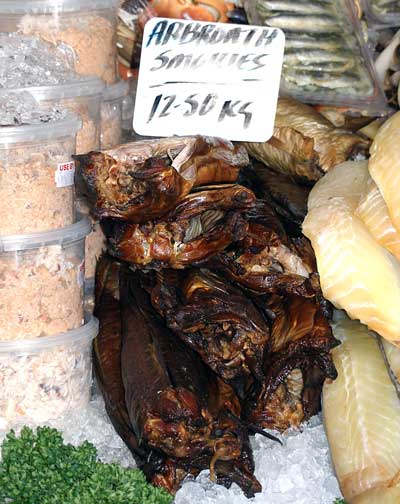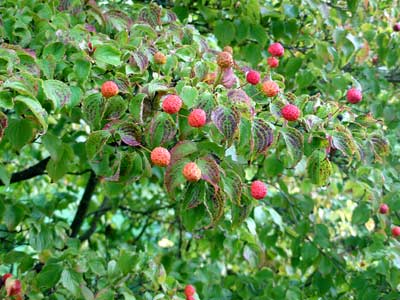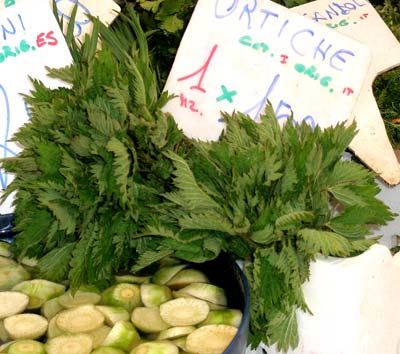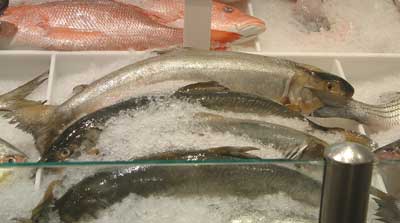
A pale bronze haddock or whiting salted for two hours and then lightly hot-smoked over peat in less than an hour to a dark copper colour, so it will only keep for a day or two. It is gutted and the head is removed, and it is not split before being brined and then hung up to drain. It is then smoked until it develops a straw colour. They darken after they process has been completed. It does not need to be reheated but it can be eaten hot or cold. It is probably best cold with a squeeze of lemon and brown bread (US: wheat bread).
Practically synonymous with coffee in the Old West in the United States, much as Hoover has come to represent a vacuum cleaner.

The arbutus berry is the sweet-sour fruit of the strawberry tree, used for jams (US: jellies), jellies (US: jellos), confectionary and liqueurs. Madrid was formerly surrounded by arbutus groves and has a strawberry tree and a bear on its coat of arms.

White deadnettle. A perennial herb, the flowers of which are used to make a tisane and the young leaves of which are used for making soups or cooked in the same way as greens.
Bonito, or skipjack tuna.This is a migratory fish which is available up to 25 lb (11.3 kg). Although it is often sold as tuna, it is not a tuna at all.
The Arctic bramble is a variety of Japanese wineberry with small, reddish-amber fruits and a flavour reminiscent of pineapple.

Char(r) usually refers to the Arctic char, an uncommon freshwater fish of the same family as salmon, trout and related to grayling and the vendace or powan. It is found in rivers and lakes of northern Europe, north western United States and Canada and in the Great Lakes. They are migratory fish, like salmon and trout. They have a steely blue-grey back with salmon-pink speckles on the sides and a red underbelly. They have sweet firm flesh which varies from white to pink, dependent upon its own diet, and with good flavour, some say better than trout, being something like a cross between trout and salmon.